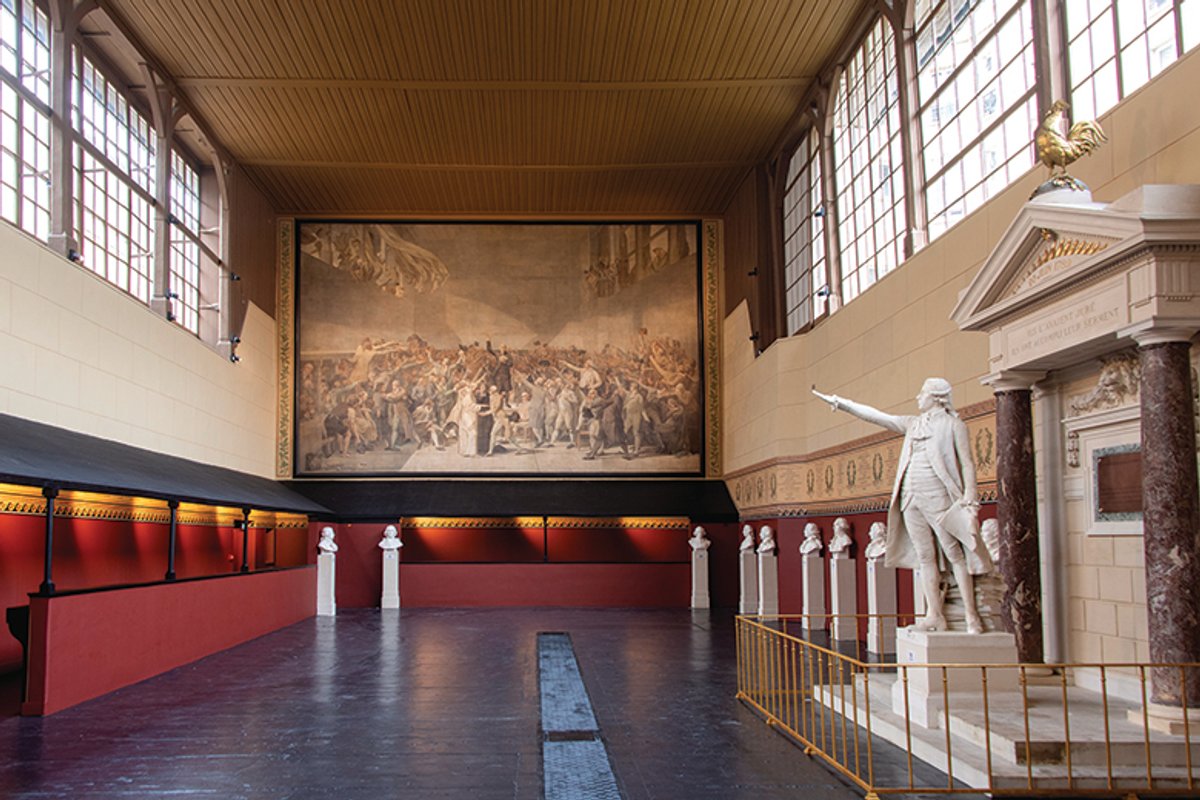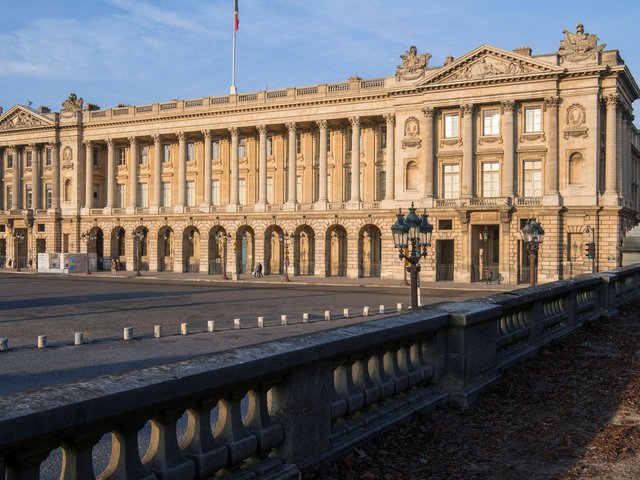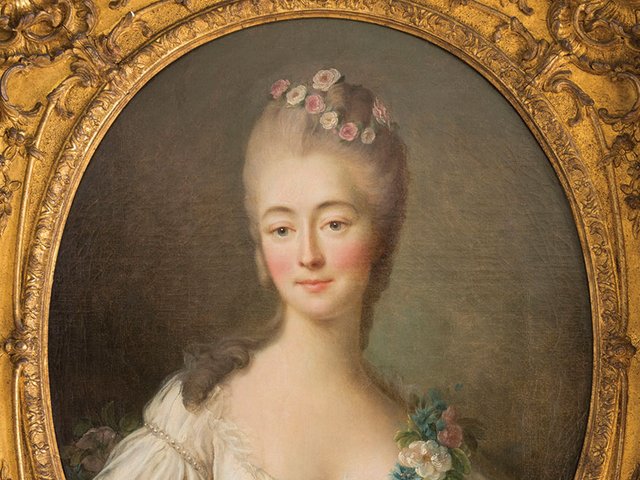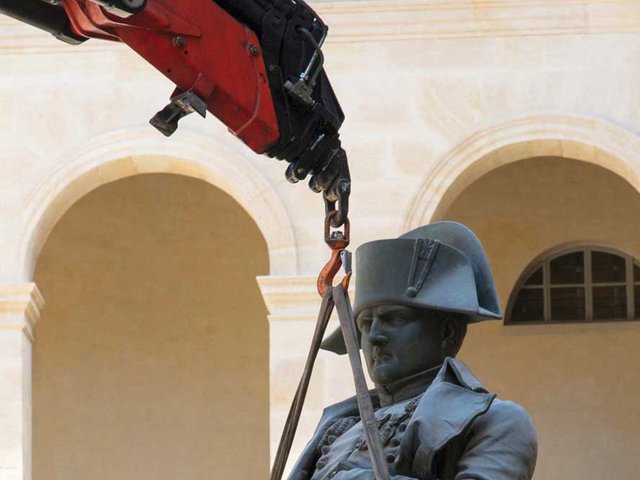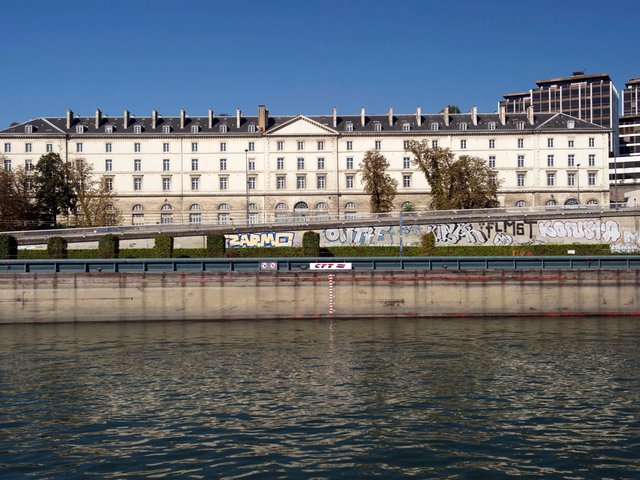The Jeu de Paume or Royal Tennis Court of Versailles, where the deputies of a newly formed National Assembly swore a revolutionary oath in 1789 to draft France’s first constitution, has been restored thanks to modern-day politicians. The €1.8m project was financed by present and former French deputies who contributed to a donations drive initiated by Richard Ferrand, the current president of the National Assembly.
“I thought of asking deputies for support because it is the room they were born into, after all,” explains Catherine Pégard, the president of the Château de Versailles. “In addition to their private donations, we benefited from the government’s Covid-19 stimulus package, which allowed us to move forward with the renovation of the palace as a whole.”
Before the French Revolution, the king could summon representatives from the clergy, nobility and the “third estate” of common people to court at Versailles as he wished; they had no real power. On 17 June 1789, the third estate rebelled and declared themselves a “National Assembly”. They sought refuge in the indoor tennis court and vowed not to separate until France had a written constitution.
Under Napoleon, the Royal Tennis Court was turned into a storage facility and a studio for artists. In 1883, it became the Museum of the French Revolution, including Luc-Olivier Merson’s monumental painting, The Tennis Court Oath, based on an unfinished 1791 work by Jacques-Louis David.
Led by the conservation architect Pierre Bortolussi, the eight-month revamp has taken the room’s 1883 renovation as its reference point. Merson’s work has been cleaned, bringing back motifs that had disappeared after a previous restoration in 1989.
The room needed structural reinforcements and the cracks in the walls were filled. The damage was in part due to high humidity levels. After all, the marshy landscape of Versailles was known as “the stinking pond” in the time of Louis XIV, says Frédéric Lacaille, the chief curator of heritage.
With new lighting, electrical and fire safety systems, the Royal Tennis Court is set to welcome guided tours and school groups again from 1 April. The room will reopen to the general public pending an imminent redevelopment of the garden.


